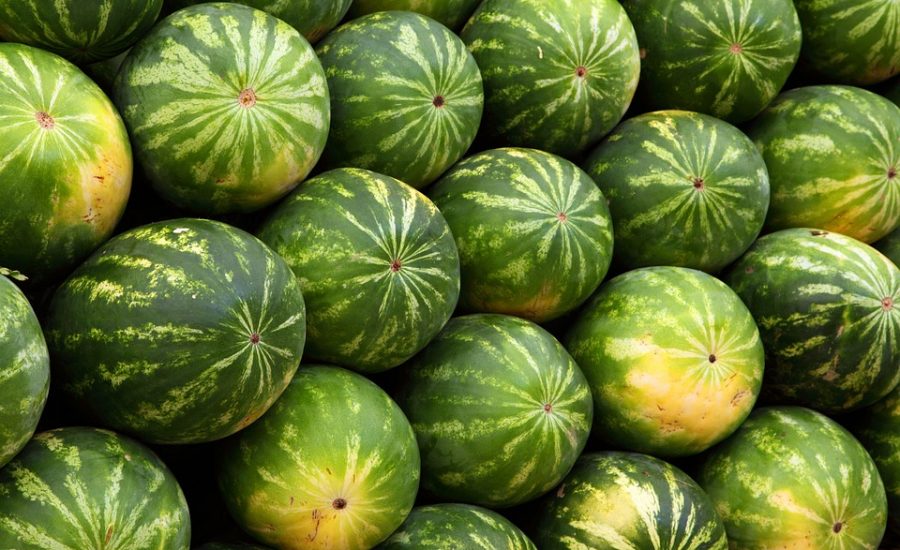In an age where health and nutrition take center stage, understanding the glycemic index (GI) of foods can be a game changer for your diet. Low GI fruits are a fantastic addition to your meals, especially if you’re looking to manage blood sugar levels, maintain energy levels, and enjoy a range of vitamins and minerals. In this article, we’ll explore the top 10 low GI fruits you should consider adding to your diet today.
What is Glycemic Index?
Before diving into our list, let’s clarify what glycemic index means. The glycemic index is a ranking of carbohydrates in foods according to their effect on blood glucose levels. Foods with a low GI score (55 or less) are digested slowly, leading to a gradual rise in blood sugar.
Incorporating low GI fruits into your diet can help you:
- Maintain steady energy levels
- Reduce cravings
- Lower the risk of heart disease
- Support weight management
Let’s explore the top 10 low GI fruits that can benefit your health!
1. Cherries
Benefits of Cherries
Cherries are not only delicious but also packed with antioxidants. With a GI score of 20, they provide anti-inflammatory benefits and may help improve sleep quality.
Nutritional Information
- Fiber: 2 grams per 100g
- Vitamin C: 10% of your daily requirement
2. Grapefruit
Why Grapefruit?
This tangy citrus fruit has a GI score of 25. Grapefruit is known for its weight loss benefits and may help reduce insulin resistance.
Nutritional Highlights
- Vitamin A: 28% of daily requirement
- Hydration: Consists of over 90% water
3. Apples
An Apple a Day
With a GI score of 38, apples are a common, low-calorie fruit packed with dietary fiber and vitamins. They are perfect for a snack on their own or in salads.
Key Nutrients
- Fiber: 2.4 grams per 100g
- Vitamin C: 7% of your daily requirement
4. Pears
The Versatile Pear
Pears have a GI score of 38, making them equally nutritious and versatile. They are high in fiber, aiding digestion and promoting a feeling of fullness.
Nutrient Breakdown
- Fiber: 3.1 grams per 100g
- Vitamin K: 4% of your daily requirement
5. Plums
Sweet and Tart
Plums are tasty fruits with a GI score of 40. They are excellent for managing blood sugar and can be enjoyed fresh or dried.
Nutritional Facts
- Fiber: 1 gram per 100g
- Vitamin C: 10% of your daily requirement
6. Berries
A Berry Good Choice
Whether it’s blueberries, strawberries, or raspberries, berries generally have a low GI. Their average GI score is around 40-50. Packed with antioxidants, they support heart health and improve cognitive function.
Nutritional Perks
- Fiber: 2-6 grams per 100g (varies by type)
- Antioxidants: Rich in flavonoids
7. Oranges
Citrus for Health
Oranges score a GI of 40, making them a refreshing and healthy choice. They are also an excellent source of vitamin C.
Nutritional Content
- Fiber: 2.4 grams per 100g
- Folate: 10% of your daily requirement
8. Kiwi
The Nutrient Powerhouse
Kiwis have a GI score of 52 and are incredibly nutrient-dense, packed with vitamin C, vitamin K, and fiber.
Nutritional Insights
- Fiber: 3 grams per 100g
- Vitamin K: 31% of your daily requirement
9. Peaches
Juicy and Nutritious
Peaches, with a GI score of 42, are a delicious treat in the summertime. They are rich in vitamins A and C and are great for skin health.
Nutritional Profile
- Fiber: 1.5 grams per 100g
- Vitamin A: 10% of your daily requirement
10. Apricots
Tiny but Mighty
Apricots have a GI score of 34. Although small, they are an excellent source of vitamins A and C and help to maintain good eyesight.
Nutritional Breakdown
- Fiber: 2 grams per 100g
- Vitamin A: 44% of your daily requirement
How to Incorporate Low GI Fruits into Your Diet
Creative Ideas
- Smoothies: Blend berries, kiwi, or cherries for a refreshing beverage.
- Salads: Add sliced apples, pears, or grapefruit to green salads for added flavor and texture.
- Snacks: Keep fresh fruits like plums and peaches handy for healthy snacking.
- Desserts: Use low GI fruits in desserts to satisfy your sweet craving without spiking blood sugar.
Daily Intake Tips
- Aim for at least 2-3 servings of low GI fruits each day.
- Mix and match fruits to keep your diet colorful and exciting.
- Pair fruits with healthy fats (like nuts) or protein (like yogurt) for a balanced snack!
Conclusion
Incorporating low GI fruits into your diet is a simple yet effective way to maintain stable blood sugar levels and boost your overall health. The top 10 low GI fruits listed above not only taste great but also provide essential nutrients that your body craves. So why wait? Begin adding these delicious fruits to your meals today for a healthier lifestyle!
By prioritizing low GI fruits, you’re making a valuable choice for your health that can lead to lasting benefits. Start small, experiment with different combinations, and enjoy the sweet rewards of a healthier diet!
Feel free to share your favorite low GI fruit recipes or tips in the comments below! Happy eating! 🍏🍒









 Weight Loss, Unlocked.
Weight Loss, Unlocked.